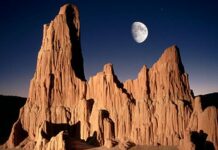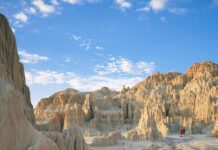Pahranagat Man
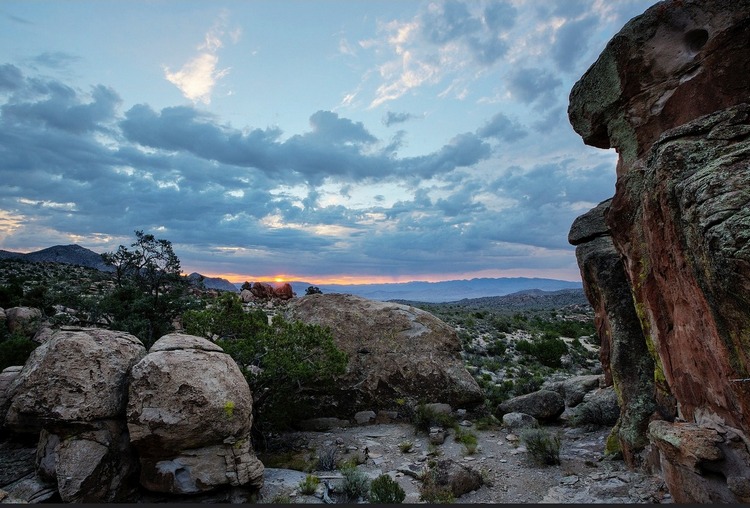
Do you know what Pahranagat Man is, or where it is? Have you ever seen it? It does exist. It’s an Indian rock art petroglyph etched in the rocks near the Pahranagat National Wildlife Refuge untold centuries ago, about seven miles south of Alamo on U.S. 93.
But for now, it is the being used as the official trademark of the Lincoln Community Action Team (LCAT) and their efforts on tourism.
However, it is not the only rendition of the image. There about 20 others of various types on the rock art left by the ancient inhabitants in various places in the valley. The meanings of which are still undetermined.
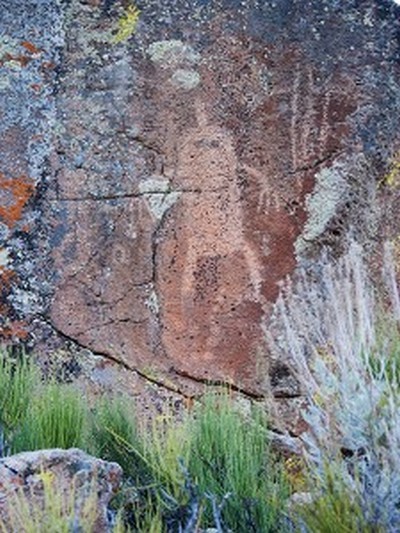
Petroglyphs are images created by removing part of a rock surface by incising, pecking, carving, or abrading, as a form of rock art. Outside North America, scholars often use terms such as “carving”, “engraving” or other descriptions of the technique to refer to such images. Petroglyphs are found worldwide and are often associated with prehistoric peoples. The word comes from the Greek word petro, theme of the word “petra,” meaning “stone”, and glyphein meaning “to carve”, and was originally coined in French as pétroglyphe.
The term petroglyph should not be confused with petrograph, which is an image that is drawn or painted on a rock face.
Lincoln County, especially in the Pahranagat Valley region, has a number of the rock art sites, most of which, if not all, have now been duly recorded and photographed and cataloged for current and future scientific study.
In 1970, the Bureau of Land Management designated 640 acres to what is known as the Mount Irish Petroglyph Site. This district has the largest known concentration of these ancient Indian art works.
Due to the complex topography in the area, many of the petroglyph panels are not easy to locate, and the BLM has published three or four rock art trail guides, including three walking tours at the Mt. Irish site. But a person should contact the BLM field office in Caliente informing them of your intention to visit.
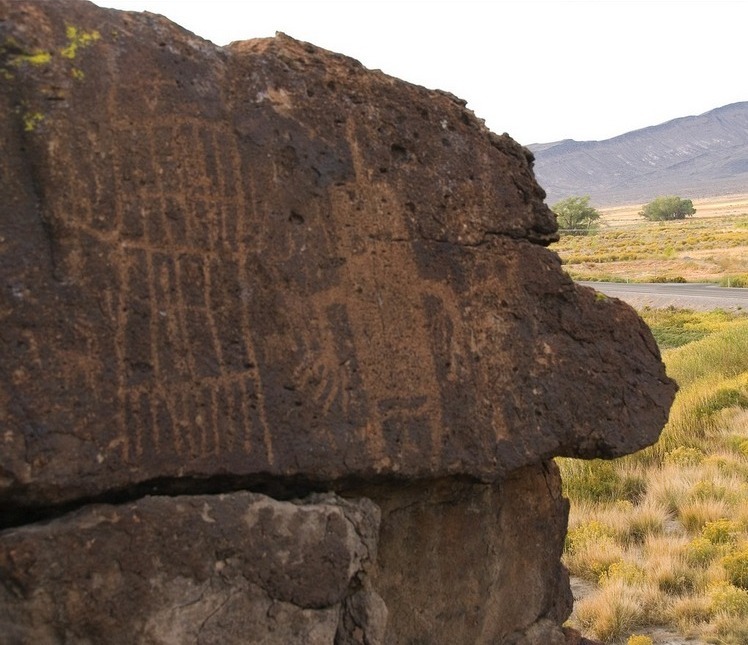
Finding Pahranagat Man would be more difficult, but it can be done. Best to stop at the Visitors Center at the Pahranagat National Wildlife Refuge. Pahranagat Man (or one version of him) is located not far from the entrance to the refuge on U.S. 93. but getting directions or even someone to take you there is highly recommended. Surprisingly, another one, actually two others, are located on the other side of the highway, but down an access road you can’t drive on, but you can walk on. I did just that with refuge manager Rob Vinson, who pointed out that two of the images on opposite sides are looking at one another from one hillside to the other. Wonder what the reason for that was?
 According to Marcia Hurd, president of LCAT, she says that for tourism purposes, some of which are even being used now, it might be possible to have Pahranagat Man registered as a trademark. Hurd said the U.S. Patent Office in Washington D.C., might be able to do that by establishing “common law rights.”
According to Marcia Hurd, president of LCAT, she says that for tourism purposes, some of which are even being used now, it might be possible to have Pahranagat Man registered as a trademark. Hurd said the U.S. Patent Office in Washington D.C., might be able to do that by establishing “common law rights.”
She explained that as adopting the Pahranagat Man image as a trademark, with the P-man character(s) and in conjunction with the present county tourism tagline, “Get Primitive,” by combining the image and the tagline it takes the wording “get primitive” from ‘descriptive’ to ‘arbitrary,’ which makes it valid for trademarking.
A future application for a registered trademark (®) can be done once sufficient funds are raised. “But it’s not necessary,” Hurd said, “unless we want to protect the use nationwide.”
For further information on exploring the Mount Irish Petroglyph Site and Lincoln County’s five other petroglyph sites, go to http://lincolncountynevada.com/exploring/rocking/rock-art/.
— Dave Maxwell





